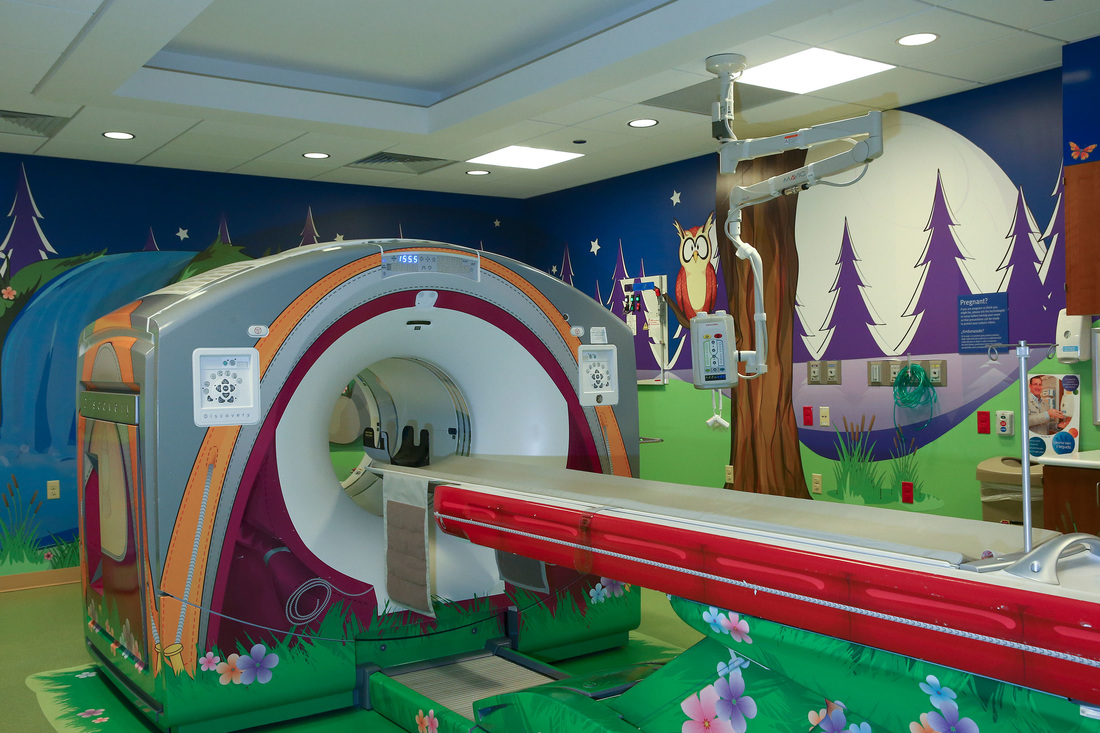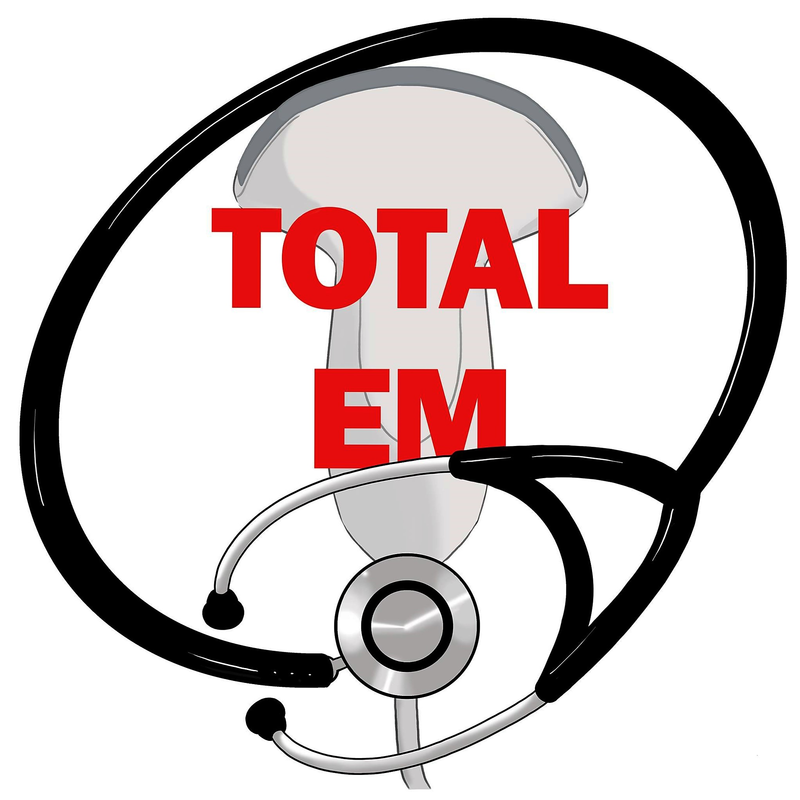|
You have waited long enough! It is time for some real information and that has come in the form of a paper I find very important. The REACT-2 study was published online with The Lancet on June 28, 2016. I started looking at it right away but did not get the chance to actually post about the topic until now. Listen to the podcast, read the blog, but do not forget to read the original paper, too!
As a side note, the amazing picture above is of a CT scanner for children at Ann & Robert H Lurie Children's Hospital of Chicago. It helps remind us that we need to do more for children and to keep improving on ways to be out there for them. However, as you will read below, our study is focused on adults. Let us begin then! This is podcast #3. Now I must apologize again. You may have noticed in the last podcast that I said it had been almost a month. If you have been looking closely, it has actually been a little over a month. I’m still trying to figure out this podcasting and it took longer than I imagined which is our reason for the discrepancy is on the posting dates. However, we will be trying to get content out regularly now. Title: Immediate total-body CT scanning versus conventional imaging and selective CT scanning in patients with severe trauma (REACT-2): a randomized controlled trial Case: A 36 y/o male arrives via EMS for a rollover MVA with multiple injuries. He denies LOC or headache but does have neck pain along with pain over the lower abdomen. He has signs of bruising from his seatbelt and red marks to the face from where airbag deployed. Patient also reports some difficulty breathing but says it started with the deflating airbag. Background: Previous studies that have not been randomized controlled trials have looked at the implementation of total body (pan-scan) CTs. Clinical Question: Does diagnosing patients with an immediate total-body CT scan reduce in-hospital mortality compared with the standard radiological work-up? Reference:
Author’s Conclusions: Diagnosing patient with an immediate total-body CT scan does not reduce in-hospital mortality compared with the standard radiological work-up. Because of the increased radiation dose, future research should focus on the selection of patients who will benefit from immediate total-body CT. Quality Checklist for Randomized Clinical Trials:
Key Results: In-hospital mortality did not differ between the two groups with total-body CT having 86 deaths out of 541 patients (16%) and standard work-up having 85 deaths out of 542 patients (16%) with a p=0.92 on analysis. Mortality also did not differ between groups in subgroup analyses in patients with polytrauma (total-body CT 81 [22%] of 362 versus standard work-up 82[25%] of 331; p=0.46) and traumatic brain injury (68 [38%] of 178 versus 66 [44%] of 151; p=0.31). Three serious adverse events were reported in patients in the total-body CT group (1%), one in the standard work-up group (<1%), and one in a patient who was excluded after random allocation. All five patients died. Key Points of Debate:
Comparing Conclusions: We agree with the conclusions made by the study group that total-body CT scanning does not reduce in-hospital mortality compared to standard radiology work-up. We also agree to their recommendation that future research should focus on the selection of who will benefit from immediate total-body CT. The Bottom Line: We agree that total body CT scanning does not reduce in-hospital mortality compared to standard radiology work-up. Case Resolution: After a thorough history and physical, you discussed with the patient options for management. You explain how a new study shows that total-body CT scanning does not necessarily appear to reduce his risk of in-hospital mortality and would expose him to more radiation. Using rule-out criteria, you clear his head and c-spine clinically. An eFAST exam is done along with other basic radiological imaging. With shared decision making, you both agree that CT scanning could be limited to the abdomen and pelvis with the exam being unremarkable. He is discharged and in a month he follows up with you to thank you for the work that was done and limiting his exposure to radiation. Clinical Application: Although pan-scan CT may still be beneficial in certain patients, the empiric use of this technique may not be appropriate in many trauma patients. Careful selection of who would be appropriate should be considered prior to application. Keep in mind that there are rule-out criteria for different regions of the body and that these can still be employed if used correctly. What do I tell my patient? We have a new paper that demonstrates no decrease in mortality over your hospital stay, the next 24 hours, or the next 30 days if we CT your whole body versus limiting it to the areas of concern. However, if on exam we find that there are concerns in any regions, we will still consider scanning them, especially after an informed discussion. Conclusion: Thank you for listening to the podcast and reading the blog. Please let me know if there is anything I need to change or improve. We really want to do whatever we can to make this the best project. Please e-mail us at [email protected] or see us at Twitter or Facebook. We hope to talk to you soon. Until then, continue to provide total care everywhere.
0 Comments
Leave a Reply. |
Libsyn and iTunesWe are now on Libsyn and iTunes for your listening pleasure! Archives
August 2022
Categories |
||||||


 RSS Feed
RSS Feed